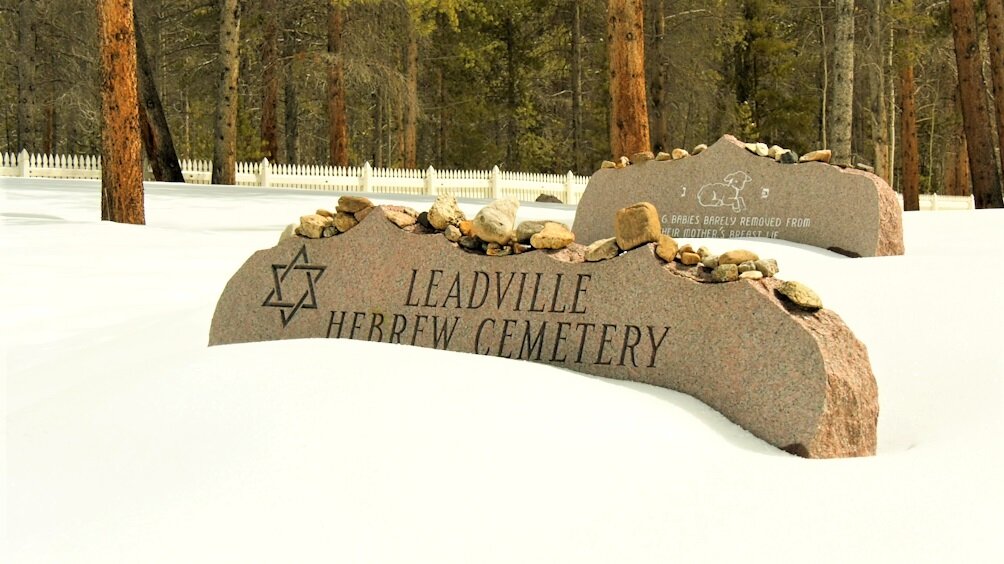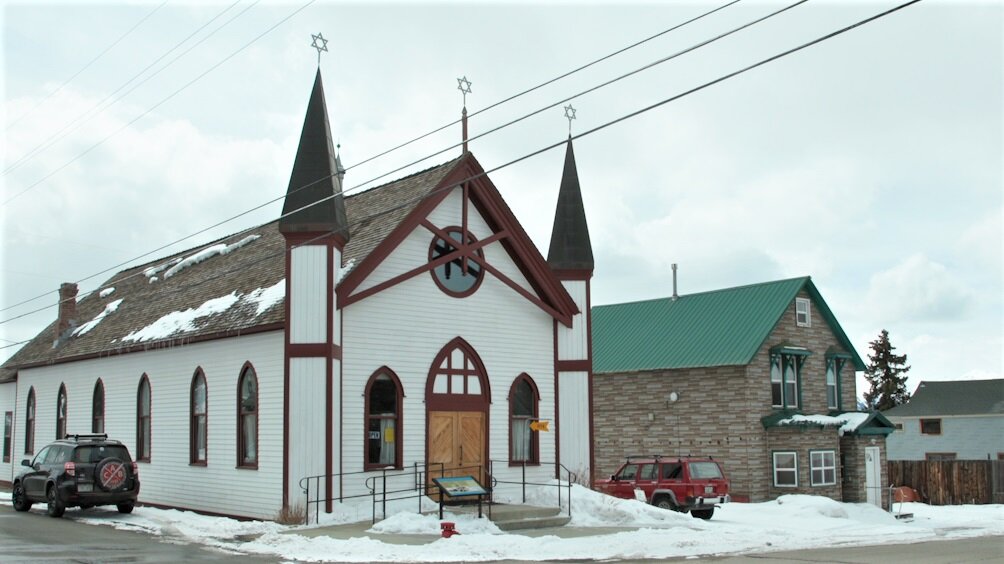New documentary adds to the ‘tapestry’ of Jewish history

DENVER — “They're as much a Jewish story as is Fiddler on the Roof,” said Rabbi Joe Black about the Jewish Americans who helped shape the Western frontier.
Black is the senior rabbi of Temple Emanuel in Denver, the largest and oldest synagogue in the Rocky Mountain region with about 2,000 households a part of its congregation. Founded in 1874, Temple Emanuel exemplifies a history that hasn’t often been told.
“These are people who have a legacy of caring, of concern, of faith, of understanding what it takes to build a community that are the pillars of not only Temple Emanuel, our community, but of the city of Denver itself, of the state of Colorado itself and their treasures,” said Black. “I loved hearing their stories. I love meeting them and talking with them and learning things that I didn't know, and they're members of my own congregation.”
These stories were recently highlighted in a feature-length documentary set to air on Rocky Mountain PBS titled “Jews of the Wild West.” Filmmaker Amanda Kinsey first came up with the idea for this film while doing archival research in the basement of the University of Denver library.
“I didn't really have a lot of expectation as to what I would find, but I was blown away by this archive,” Kinsey told Rocky Mountain PBS. “There had not been a documentary that connected the dots of this being part of the larger Jewish migration experience. And I just thought these were beautiful stories that deserve to be told.”
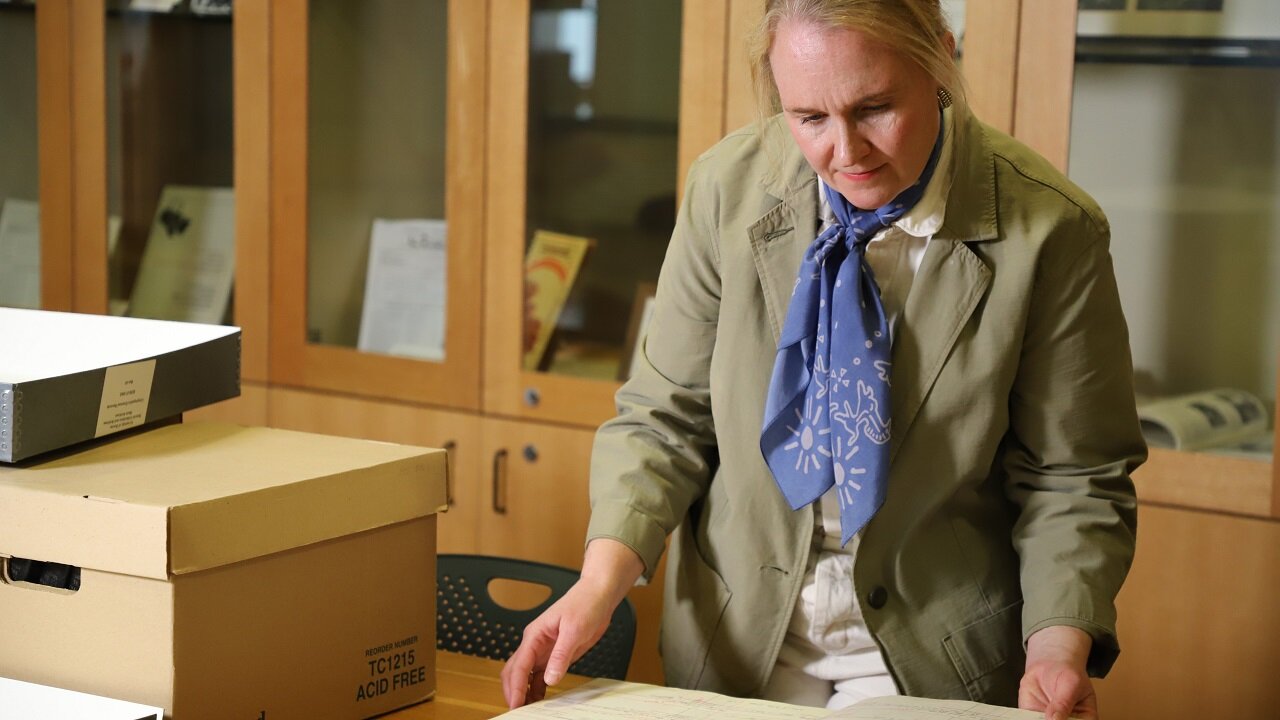
Inspired by what she found in the Ira M. and Peryle Hayutin Beck Memorial Archives at DU, Kinsey set out to tell diverse stories of many Jewish-Americans who moved to the West between 1840 and 1920.
“There is the story of Jewish migration to the Western United States, and then there is the narrative of the Wild West itself. And to me, what the strength of the film is, is the intersection of those two experiences,” explained Kinsey.
She traveled around the western United States featuring people from several different states, including in Colorado. And as a non-Jewish American she relied on a lot of these connections to uncover more details to make part of the documentary. That included Rabbi Black.
“Truly the Jewish community had a vitally important role in the development of the West, of cities, of commerce, of communities. And they always brought their faith with them,” said Black.
This documentary aims to tell a different story of the West, one that shows how many towns and cities across the United States were built by Jewish Americans — a history that isn’t always shown by Hollywood or other media. Even for Black, who grew up in Chicago, moving West introduced new stories to his Jewish experience.
“I came out West and I met these families who've been here for generations, who were merchants, who were cowboys, who were business people, and I love those stories.” Black explained.
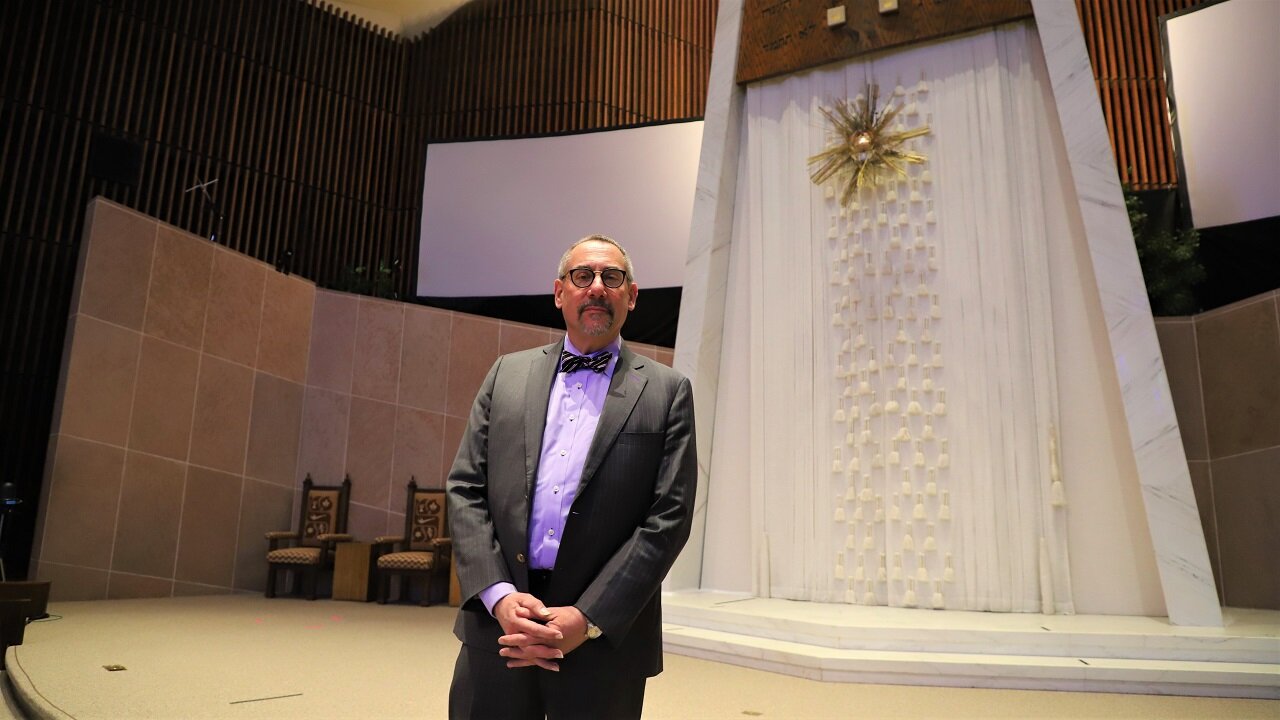
While this film focuses on the stories and histories from more than a century ago, Kinsey and Black hope the impact of it resonates with many people and helps fight this recent wave of antisemitism across the country.
“A big focus of antisemitism is oftentimes in the attempted erasing of Jewish history and Jewish lived experiences. And this film has no narrator, it's told primarily from Jewish voices, that was intentional. I myself am not Jewish, and I felt that this was really an opportunity to help amplify Jewish voices. And in doing so, my hope is that it helps stand up to that hate,” Kinsey explained
Antisemitic incidents have increased significantly in the last 10 years. In just the last year, the Anti-Defamation League reported 3,697 incidents of antisemitism involving assault, harassment and vandalism. Colorado had 71 incidents last year but saw the most in the last four years in 2021 at 92.
“I think watching the film and seeing the humanity and the love and the hardships that the Jewish people have faced, like every other community, will do a great deal to dispel myths to defeat racism and hatred and antisemitism,” Black said.
The hardship and discrimination faced by many Jewish Americans in the 19th century became a reason for many to move West. Whether it was antisemitic rhetoric or actions on the East Coast or in Europe, many Jewish families found the less populated West as an attractive place to be themselves and celebrate their heritage and religion.
Other Jewish-Americans sought refuge in the West as tuberculosis, also known as consumption, was more easily spread in the cities. By the beginning of the 19th century, tuberculosis had killed one in seven people that had ever lived. During the 1800s, many doctors believed a dry, sunny, high-elevation climate could be the cure for tuberculosis so Colorado became the perfect place. On top of that, two major Jewish health centers focused on treating tuberculosis were founded in Colorado — National Jewish Health and the Jewish Consumptive Relief Society.
As the film explains, many Jewish Americans also wanted to take advantage – like others in that time period – of the growing Western frontier. That especially included the town of Leadville, Colorado where in 1877, silver was discovered and it changed everything.
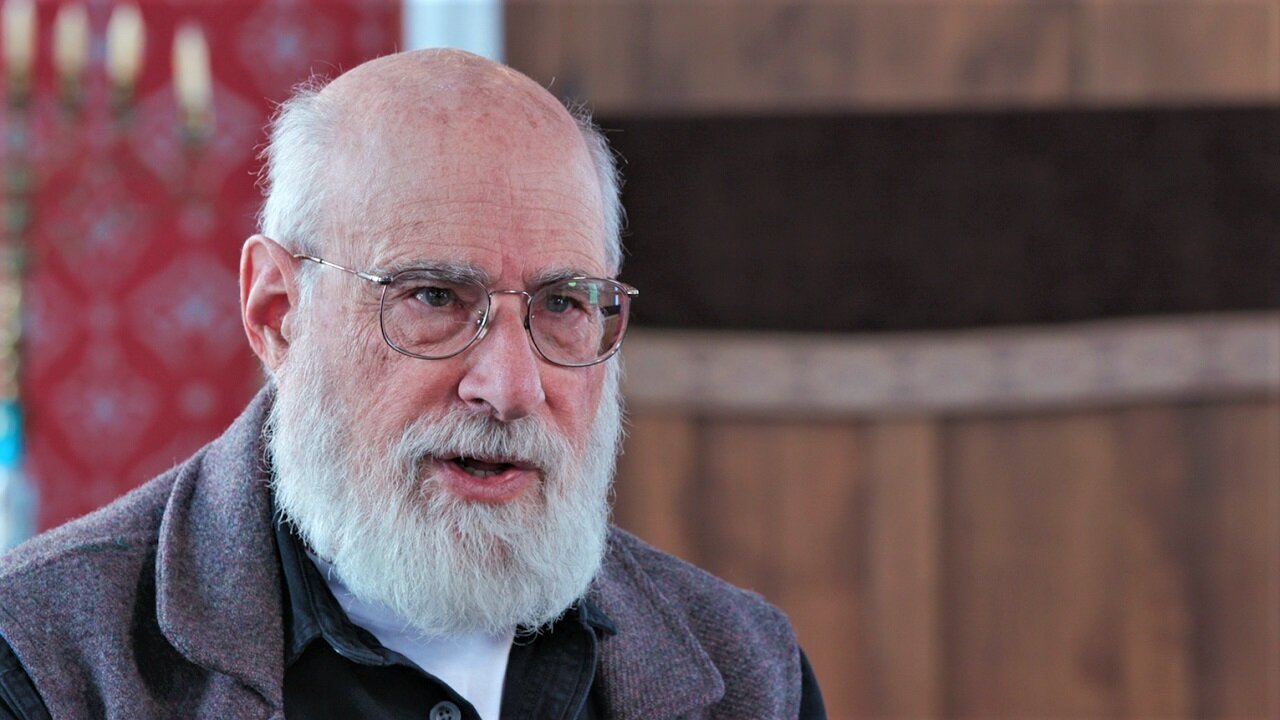
“So it's a classic silver rush, gold rush, boomtown kind of situation,” said Bill Korn, the director of the Temple Israel Foundation in Leadville. “Then Leadville erupts literally from just a few little wooden-mud cabins into this brand new, modern, rich, sophisticated city. This is fairly remarkable. I think this happens over the course of just two or three years.”
Korn is also featured in the documentary and has led the charge to restore the town’s Hebrew cemetery and the synagogue that was built in the late 19th century, which is now the headquarters for the Temple Israel Foundation. Korn has also worked with others to write biographies of the 1,300 or so Jewish people who lived in Leadville before 1940, many who helped build the town. Korn said at the peak there were about 70 or 80 Jewish businesses up and down the avenues in town.
“These were people who were important in the local economy. They were really in many ways, sort of the heart and soul of the commercial district in this community for about 10 or 15 years,” Korn explained. “We have really quite a good picture of where the Jews fit into this community and how they contributed along with the other people up here to making Leadville such a viable city during its glory days.”
Unfortunately, Leadville’s boomtown days didn’t last too long. Like the majority of the town’s population, most Jewish community members moved on by 1920. Still what remained included synagogues and the Jewish cemetery and that’s what Korn has been working to restore since he moved to Leadville in the 1980s.
“So what we find up here is that all Jews were able to maintain their identity in terms of their religion and in some sense, a small sense of their culture. They're also fully part of Leadville,” Korn said.
Related Content
The “Jews of the Wild West” film features more than 20 voices of people who identify as Jewish to help tell this history along with three cultural advisors, two who are Jewish and one who is Native American – all done with the intention of making sure the film was done accurately and with care.
“I think the more that we give people room to tell their stories and to share their stories and their perspectives and give them space to do that and provide a platform to do that. I think that it's a really important piece of breaking down tropes,” Kinsey explained.
The film aired in a number of places including Rocky Mountain PBS on April 3rd. For Rabbi Black – while admitting he’s biased since he’s in the film– he believes this documentary tells an important story of the past while moving toward a better future.
“The stories are remarkable and they are filling in the tapestry of what it means to be a Jew in the United States, or a Jew in the world,” said Black.
Amanda Horvath is the managing producer at Rocky Mountain PBS. You can reach her at amandahorvath@rmpbs.org
Julio Sandoval is a multimedia journalist with Rocky Mountain PBS. You can reach him at juliosandoval@rmpbs.org.
